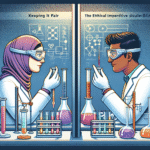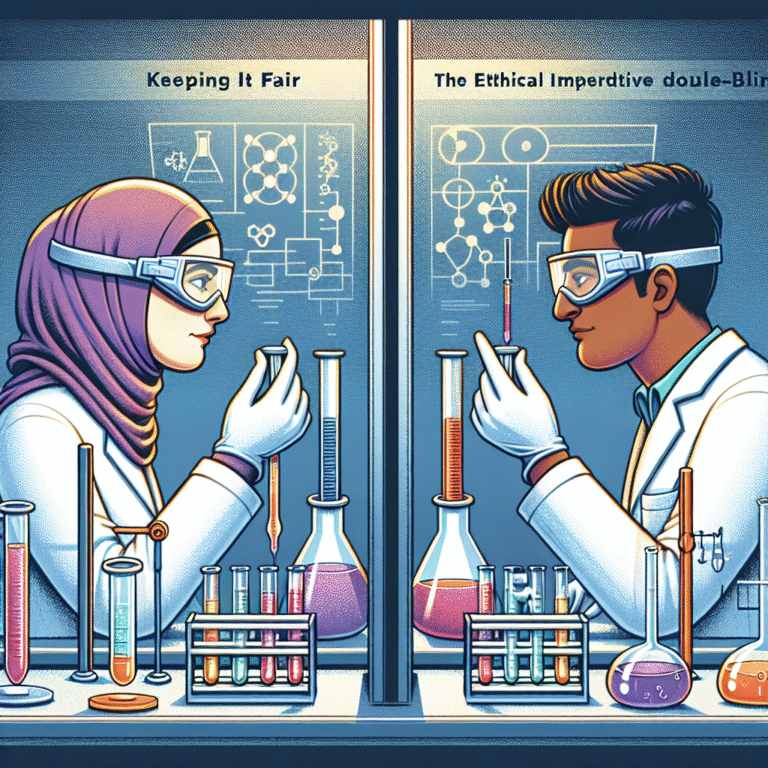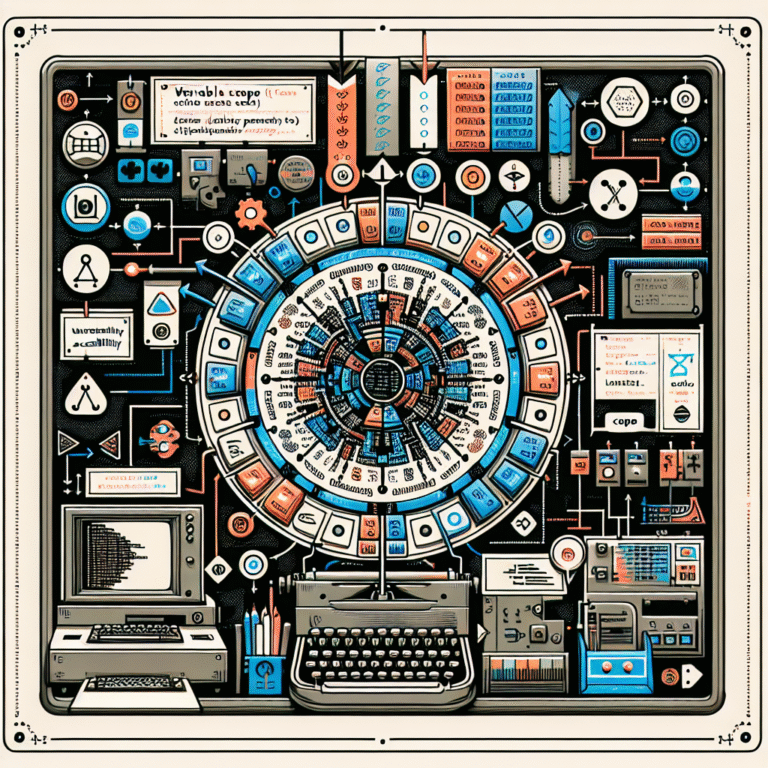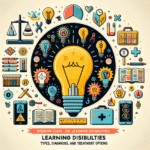
In a world flooded with data, the ability to interpret numbers and extract actionable insights has become not just an advantage but a necessity. Whether you’re a business leader, an analyst, or a passionate individual looking to make informed choices, understanding the significance of statistics can transform the way you approach decision-making. Welcome to the realm where The Power of Numbers: Mastering Statistical Techniques to Drive Better Decisions is not merely a phrase but a guiding principle that can change outcomes significantly.
Introduction: The Age of Data
The modern era is defined by its reliance on data. With every click, swipe, and purchase, vast amounts of information are generated, creating a tapestry of potential insights. However, raw data alone is not enough. It is the art and science of statistics that allow us to decode this information, revealing patterns and relationships that drive effective decision-making. From businesses optimizing their marketing strategies to individuals making lifestyle choices, mastering statistical techniques empowers us to harness the true potential of the numbers at our disposal.
Imagine this: a small business leverages statistical analysis to predict customer buying behavior, resulting in a 30% increase in sales. Or consider a public health organization employing statistics to track disease outbreaks, ultimately saving lives. These examples highlight just a fraction of the transformative potential embedded in The Power of Numbers: Mastering Statistical Techniques to Drive Better Decisions.
The Foundation of Statistical Mastery
Understanding Descriptive and Inferential Statistics
Before diving deeper into the applications of statistics, it’s essential to grasp the fundamental concepts: descriptive and inferential statistics.
Descriptive Statistics summarize datasets. They provide a snapshot of key features: means, medians, modes, ranges, and standard deviations, giving a quick overview of the data distribution.
- Inferential Statistics, on the other hand, allow us to draw conclusions and make predictions based on a sample of data. Techniques such as hypothesis testing, confidence intervals, and regression analysis enable analysts to understand relationships and trends.
Both types of statistics are crucial in harnessing The Power of Numbers: Mastering Statistical Techniques to Drive Better Decisions, setting the stage for informed strategies and conclusions.
Real-World Example: Retail Analytics
Consider a retail company analyzing sales data from the past year. By employing descriptive statistics, they discover that their average monthly sales are $50,000 with a standard deviation of $5,000. This direct insight informs their inventory and staffing decisions.
Now, to delve deeper, the company uses inferential statistics to forecast future sales. Through regression analysis, they identify that sales tend to increase by 15% during holiday promotions. This insight allows the business to budget accordingly and optimize marketing efforts, ultimately reflecting The Power of Numbers: Mastering Statistical Techniques to Drive Better Decisions.
Effective Data Visualization: A Game Changer
Numbers alone can be overwhelming. Therefore, effective data visualization is essential in ensuring that the insights drawn from statistics are communicated clearly. Charts, graphs, and tables encapsulate complex data into digestible formats that facilitate understanding.
Example: Using a Bar Chart
Consider a bar chart illustrating sales growth over several quarters. Instead of sifting through numbers, stakeholders can instantly gauge trends and patterns, leading to quicker and more informed decision-making.
| Quarter | Sales Growth (%) |
|---|---|
| Q1 | 5 |
| Q2 | 15 |
| Q3 | 10 |
| Q4 | 25 |
This table showcases the growth pattern, visually representing the increasing sales trend, and exemplifies The Power of Numbers: Mastering Statistical Techniques to Drive Better Decisions.
Advanced Statistical Techniques
Regression Analysis: Unlocking Predictive Power
One of the most powerful techniques in statistics is regression analysis. This method not only identifies relationships between variables but also helps in predicting outcomes based on existing data.
Case Study: Housing Market Predictions
In a major city, analysts utilized regression analysis to identify how various factors such as location, square footage, and number of bedrooms influence housing prices. By developing a predictive model, they achieved a remarkable accuracy in predicting future property values, allowing real estate agents and buyers to make optimal decisions based on these forecasts.
Through this case study, we see clearly the potency of The Power of Numbers: Mastering Statistical Techniques to Drive Better Decisions, as it transforms complex variables into actionable insights.
A/B Testing: Making Informed Choices
A/B testing is another essential statistical technique, particularly in the digital landscape. Through controlled experiments, organizations can test different strategies and analyze their impact on user behavior.
Example: Marketing Campaign Optimization
An e-commerce website might run two versions of a promotional email: one with a discount and another highlighting free shipping. By measuring the conversion rates through A/B testing, the company can determine which approach yields better results. This data-driven decision-making framework reflects The Power of Numbers: Mastering Statistical Techniques to Drive Better Decisions.
The Role of Statistics in Business Strategy
Data-Driven Marketing
In marketing, mastering statistical techniques can lead to tailored campaigns that resonate more effectively with target audiences. Through customer segmentation and predictive analytics, businesses can hone in on specific demographics and preferences, creating personalized experiences that drive engagement and sales.
Example: Case Study on Target’s Predictive Analytics
Target gained notoriety for its use of data analytics to predict customer needs. Through statistical models, they identified shopping patterns and even anticipated certain purchases – such as maternity items for anticipating a customer’s pregnancy based on previous buying behavior. By leveraging The Power of Numbers: Mastering Statistical Techniques to Drive Better Decisions, Target tailored its marketing strategies, enhancing customer satisfaction and loyalty.
Operational Efficiency
Operational decisions can also significantly benefit from statistics. Companies often employ optimization techniques, using statistical methods to analyze workflows and resource allocation to improve productivity.
Example: Manufacturing Efficiency
A manufacturing company might analyze production data to identify inefficiencies. By utilizing statistical process control (SPC), they determine the optimal levels of operations and identify variances in production, leading to substantial cost savings and improved quality assurance.
The Ethical Dimension of Statistical Techniques
With great power comes great responsibility. The application of statistical techniques can sometimes lead to ethical dilemmas, particularly concerning data privacy and representation.
Awareness of Bias
One critical area is the potential for bias in data collection and interpretation. For example, if a survey is distributed to a non-representative sample, the results could lead to misguided decisions. Hence, understanding the principles behind The Power of Numbers: Mastering Statistical Techniques to Drive Better Decisions is crucial in mitigating such risks.
Example: The Use of Statistics in Public Policy
In public policy, statistical analysis influences legislation and resource allocation. Analyzing crime rates or health disparities requires careful consideration of data to ensure fair representation and appropriate responses.
Conclusion: Cultivating a Statistics-Driven Culture
The significance of mastering statistical techniques cannot be overstated. As we have explored throughout this article, The Power of Numbers: Mastering Statistical Techniques to Drive Better Decisions can shape outcomes across various fields, from business to public health.
To harness this power effectively, organizations should foster a culture of data literacy. Investing in training and resources empowers individuals to apply statistical techniques confidently, creating a workforce that makes informed, evidence-based decisions.
As we embrace the future, let the numbers guide us. The mastery of statistics is not merely about crunching figures; it’s about uncovering insights that can lead to innovation, efficiency, and a better understanding of our world.
FAQs
What is the difference between descriptive and inferential statistics?
- Descriptive statistics summarize data (e.g., averages, percentages), while inferential statistics allow for conclusions beyond the data (e.g., hypothesis testing and predictions).
How can I visualize data effectively?
- Using tools like bar charts, line graphs, or heat maps can make complex data more digestible and highlight trends or insights.
What is A/B testing, and why is it important?
- A/B testing involves comparing two variants to determine which performs better. It is essential for data-driven decision-making in marketing and product development.
How can businesses ensure ethical use of statistics?
- By prioritizing representative data sampling, avoiding biases, and ensuring transparency in data analysis methods, businesses can navigate ethical challenges in statistical applications.
- What role does statistical analysis play in public health?
- Statistical analysis tracks disease patterns, predicts outbreaks, and informs policy decisions, ultimately enhancing community health and safety.
In embracing The Power of Numbers: Mastering Statistical Techniques to Drive Better Decisions, we embark on a journey toward more informed, effective, and impactful living. The journey begins now; the power is in your hands.

















